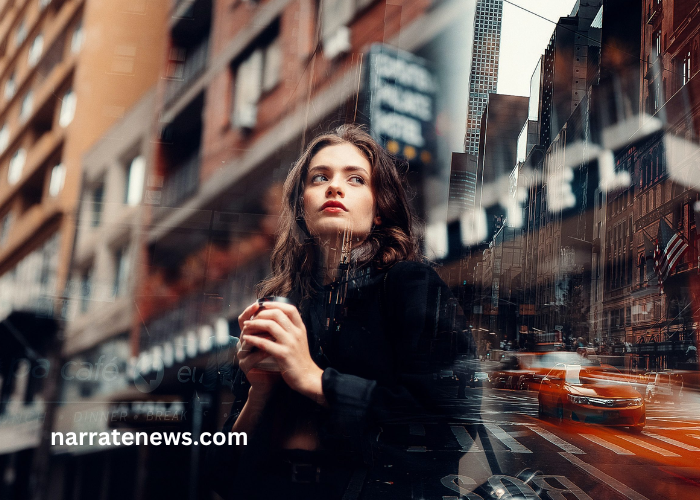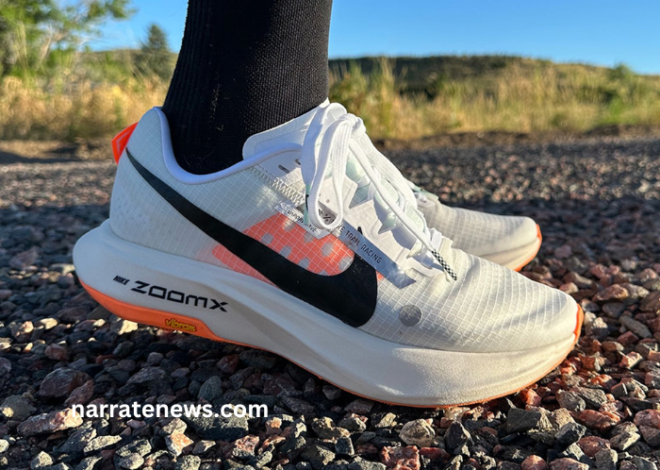
Multiple exposure photography
Multiple exposure photography is a captivating technique that allows photographers to combine multiple images within a single frame, resulting in unique and artistic compositions. This creative approach opens up a world of possibilities for experimenting with light, texture, movement, and storytelling. In this comprehensive guide, we’ll explore the fundamentals of multiple exposure photography, the equipment needed, creative techniques, and tips for achieving stunning results.
Understanding Multiple Exposure Photography
Multiple exposure photography involves overlaying two or more images onto a single frame of film or digital sensor. This technique dates back to the early days of film photography when photographers manually exposed the same frame multiple times to create intriguing effects. In the digital age, cameras offer built-in multiple exposure modes that simplify the process while providing creative control.
The beauty of multiple exposure photography lies in its ability to blend different elements seamlessly, such as landscapes, portraits, textures, or abstract patterns. By combining images in-camera or through post-processing techniques, photographers can produce striking visuals that transcend traditional single-frame photography.
Equipment Needed
To embark on your multiple exposure photography journey, you’ll need the following equipment:
Camera: Use a digital camera that supports multiple exposure mode or allows manual exposure control.
Tripod: A sturdy tripod is essential for keeping your camera stable, especially when shooting long exposure multiple exposures.
Lens: Choose lenses based on your creative vision—wide-angle for expansive scenes or prime lenses for detailed close-ups.
Remote Shutter Release: Helpful for minimizing camera shake during exposure sequences.
Editing Software: Use photo editing software like Adobe Photoshop or Lightroom for fine-tuning multiple exposure images.
Creative Techniques
Now, let’s explore various creative techniques to master multiple exposure photography:
Double Exposure: The most common technique involves overlaying two images to create a seamless blend. Experiment with combining portraits with nature scenes, architecture, or abstract patterns for striking results.
Long Exposure Multiple Exposures: Combine long exposure shots to capture motion and light trails. This technique is perfect for cityscapes, traffic trails, or moving water scenes.
Texture Blending: Layer textures like leaves, fabric, or grunge patterns over your main subject to add depth and interest to your composition.
Silhouette Combinations: Create artistic silhouettes by blending dark subjects against bright backgrounds or colorful skies.
Creative Masking: Use masks or overlays to selectively blend specific areas of each image, allowing for precise control over the final composition.
Tips for Successful Multiple Exposures
Achieve stunning results with these practical tips for multiple exposure photography:
Plan Your Composition: Visualize your final image before shooting. Consider how different elements will interact and complement each other within the frame.
Use Manual Exposure Settings: Opt for manual exposure control to adjust aperture, shutter speed, and ISO based on the desired effect.
Experiment with Exposure Times: Vary exposure times for each frame to balance brightness and ensure proper exposure across the composition.
Focus Carefully: Maintain sharp focus on your main subject or areas of interest to ensure clarity in the final image.
Keep it Simple: Start with two exposures and gradually experiment with more complex combinations as you gain confidence.
Take Advantage of In-Camera Features: Explore your camera’s built-in multiple exposure mode for convenience and real-time previews.
Embrace Imperfections: Embrace unexpected outcomes and imperfections—they often lead to creative discoveries.
Post-Processing and Editing
After capturing multiple exposures, use editing software to refine and enhance your images:
Layer Blending: Use layer masks and blending modes to seamlessly merge exposures.
Adjust Contrast and Color: Fine-tune contrast, brightness, and color to achieve the desired mood and tone.
Crop and Reframe: Experiment with cropping to emphasize key elements and eliminate distractions.
Apply Filters and Effects: Explore creative filters and effects to add a unique touch to your multiple exposure compositions.
Examples of Multiple Exposure Photography
To inspire your creativity, here are some popular subjects and themes for multiple exposure photography:
Urban Landscapes: Blend cityscapes with architectural details and street scenes.
Nature and Wildlife: Combine textures of trees, flowers, and wildlife against scenic backgrounds.
Portraits: Create ethereal and dreamlike portraits by overlaying multiple exposures.
Abstract Patterns: Experiment with abstract shapes, lines, and textures for artistic compositions.
Conclusion
Multiple exposure photography offers endless opportunities for artistic expression and experimentation. By mastering the fundamentals, exploring creative techniques, and refining your skills, you’ll unlock the potential to create captivating and visually stunning compositions. Embrace the process of discovery, push the boundaries of conventional photography, and let your imagination soar with the magic of multiple exposure photography. Start your journey today and elevate your photography to new heights!


